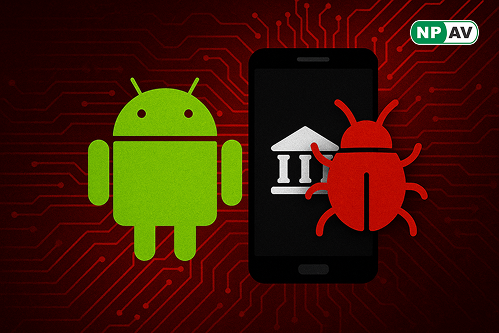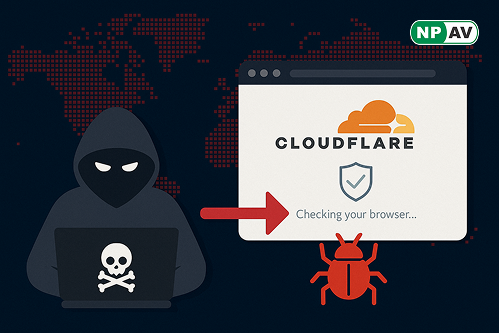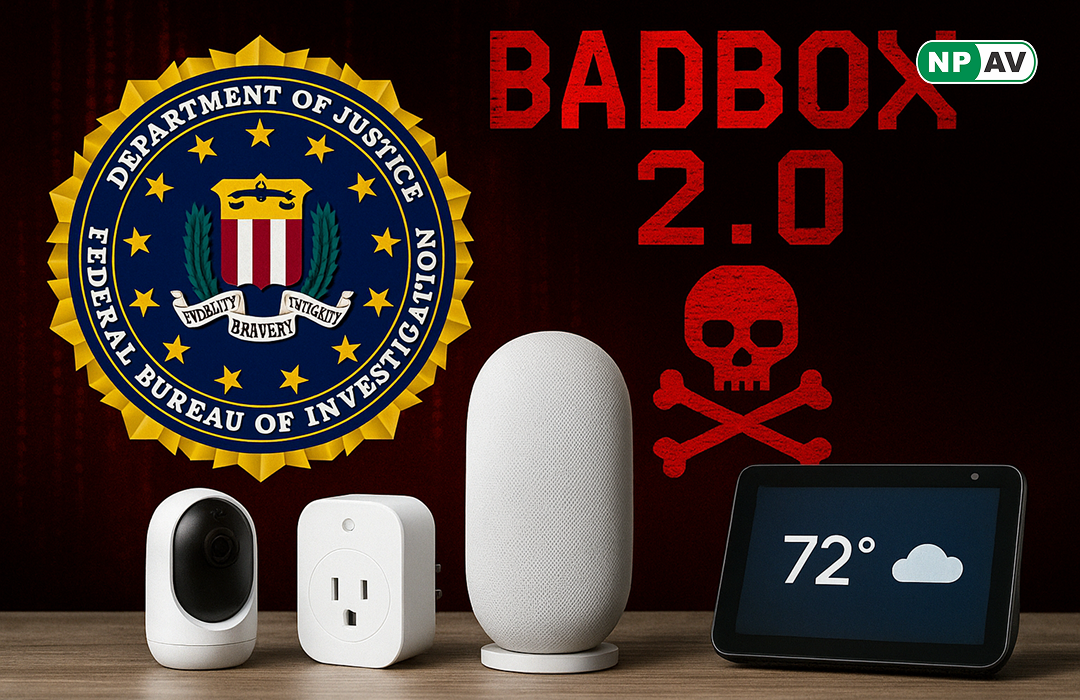Malware Alerts
-
Read moreCybersecurity researchers have identified new AsyncRAT variants featuring a disturbing "Screamer" tool for audio manipulation and a USB malware spreader that revives autorun-based infections. Learn about these evolving cyber threats and their implications.
-
Read moreCryptocurrency users are being targeted by a social engineering campaign involving fake gaming and AI firms that distribute malware via Telegram and Discord. Learn how these scams operate and how to protect yourself.
-
Posted: July 11, 2025Views: 57Read moreDiscover the significant rise in Android malware activity in Q2 2025, including a surge in banking trojans and sophisticated spyware threats. Learn about the latest findings from Dr.Web Security Space and how to protect your device.
-
Read moreDiscover how a new Trojan malware, developed using reinforcement learning, can consistently bypass Microsoft Defender for Endpoint. Learn about its implications for cybersecurity and the advancements in AI-driven malware development.
-
Read moreLearn about SparkKitty, a sophisticated Trojan malware targeting iOS and Android devices to steal personal photos. Discover its distribution methods and the risks it poses, particularly in Southeast Asia and China.
-
Read moreDiscover how the Anatsa banking trojan infected 90,000 users through a fake PDF app on Google Play. Learn about the tactics used by cybercriminals and how the malware operates to steal banking credentials.
-
Read moreWrite a concise meta description summarizing the post while incorporating keywords. For example: "A new social engineering campaign uses fake Cloudflare verification screens to distribute malware. Learn how hackers exploit trusted security services to execute malicious code.
-
Read moreExplore the intersection of celebrity culture and cybersecurity as we delve into the role of Pakistani actors in malware distribution. Discover insights, trends, and the implications for the entertainment industry.
-
Read moreA new phishing campaign in India exploits wedding invitations to distribute SpyMax RAT malware on Android devices. Learn how to recognize and protect yourself from this sophisticated cyber threat.
-
Read moreFBI warns of BADBOX 2.0 botnet infecting smart devices with pre-installed malware, enabling cybercriminals to hijack home networks and conduct illegal activity.















